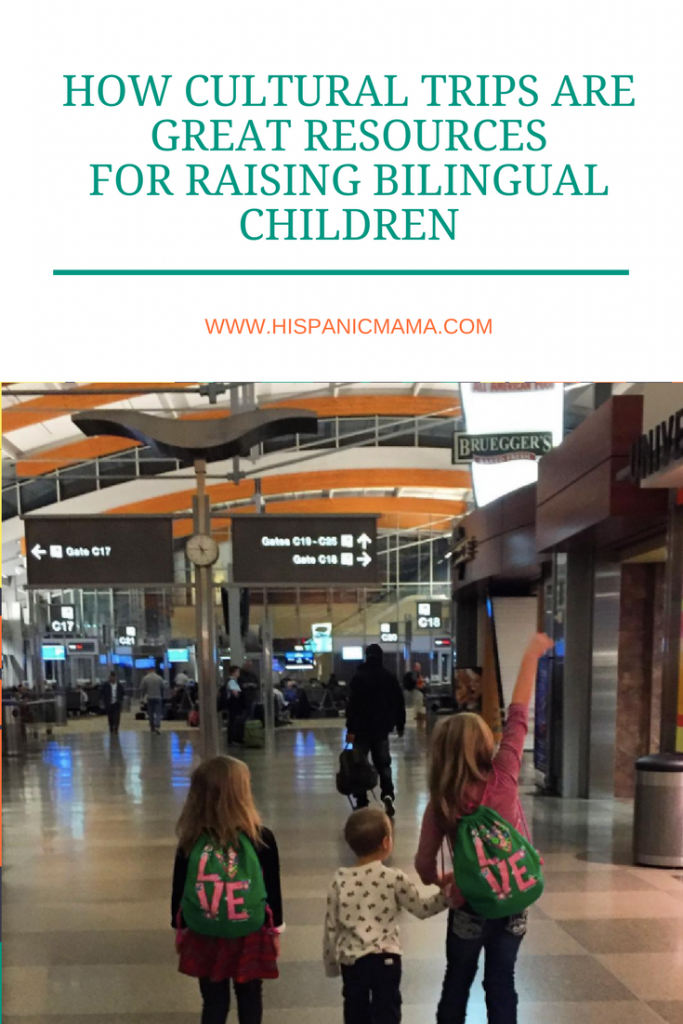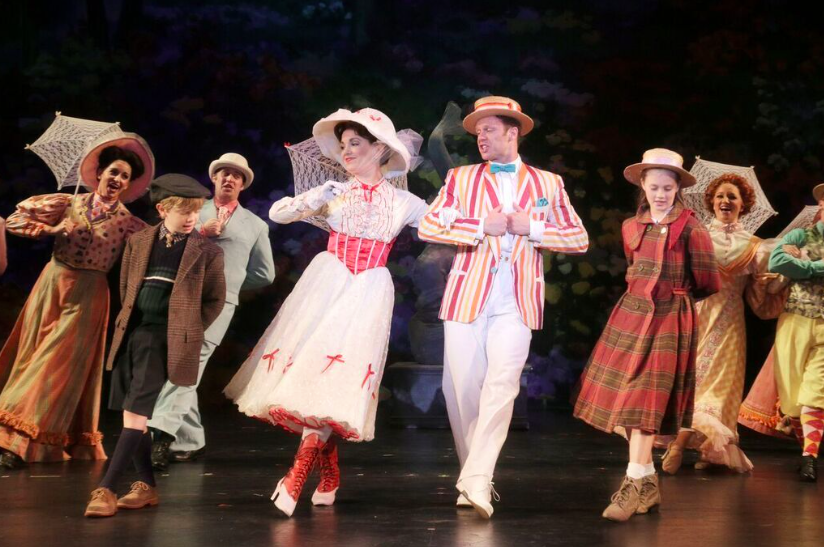
Cultural Trips As A Bilingual Resource
Cultural trips are a priority for my husband and me. We see it as an investment for our children’s social-emotional education and bilingual journey. They provide the opportunity to feel the culture with all your senses and instill a deeper connection to the people, places, and traditions of the country where the language is spoken.
How to Plan For Cultural Trips
s
As many things in life, there is not a specific way to plan for cultural or heritage trips. However, there are a few important factors to consider when planning one. They are:
Age: The activities need to be planned accordingly their maturity. The great news is that there is learning and fun for all ages!
Weather also plays a crucial factor in deciding when to travel. Don’t forget to research how weather affects the place that you would be visiting.
Another important factor to consider is the local festivities. On our trips to Ecuador, I make sure my kids can have many opportunities to immerse themselves in the culture and language.
The social aspect: This one is tricky if you don’t know anyone from the country that you will be visiting. However, you can still find opportunities for your children to socialize with other kids of their ages.
When You Can’t Travel
Let’s be honest! Taveling is not always possible, however this doesn’t mean that you can’t provide a cultural experience to your children. Search in your city for local events and festival that promote a specific culture or country. You can also plan your own “cultural trip” from the walls of your home through food, videos, music, craft and even hosting a guest from the country that you are studying. Museums, libraries and exhibits are also great resources.
Have You Ever Experienced A Cultural Trip?
From this month, bloggers from around the world are coming together to write about the fascinating world of raising bilingual kids with topics from A to Z. Don’t miss it!






Wonderful Post!!!! My goodness I am only BI-Lingual and this five year old amazing!!!!!!!!!! I was fortunate to become an exchanged student to Japan when I was 16 which was a great experience given that I am Hispanic(Puerto Rican)/African American and I wanted to go somewhere extremely different from both of my cultures I was already used to. Thank you for this post loved it!!!!
Hi Shauna! That is awesome that you went to Japan! What an amazing opportunity to learn about a new culture. Thanks for sharing! 🙂